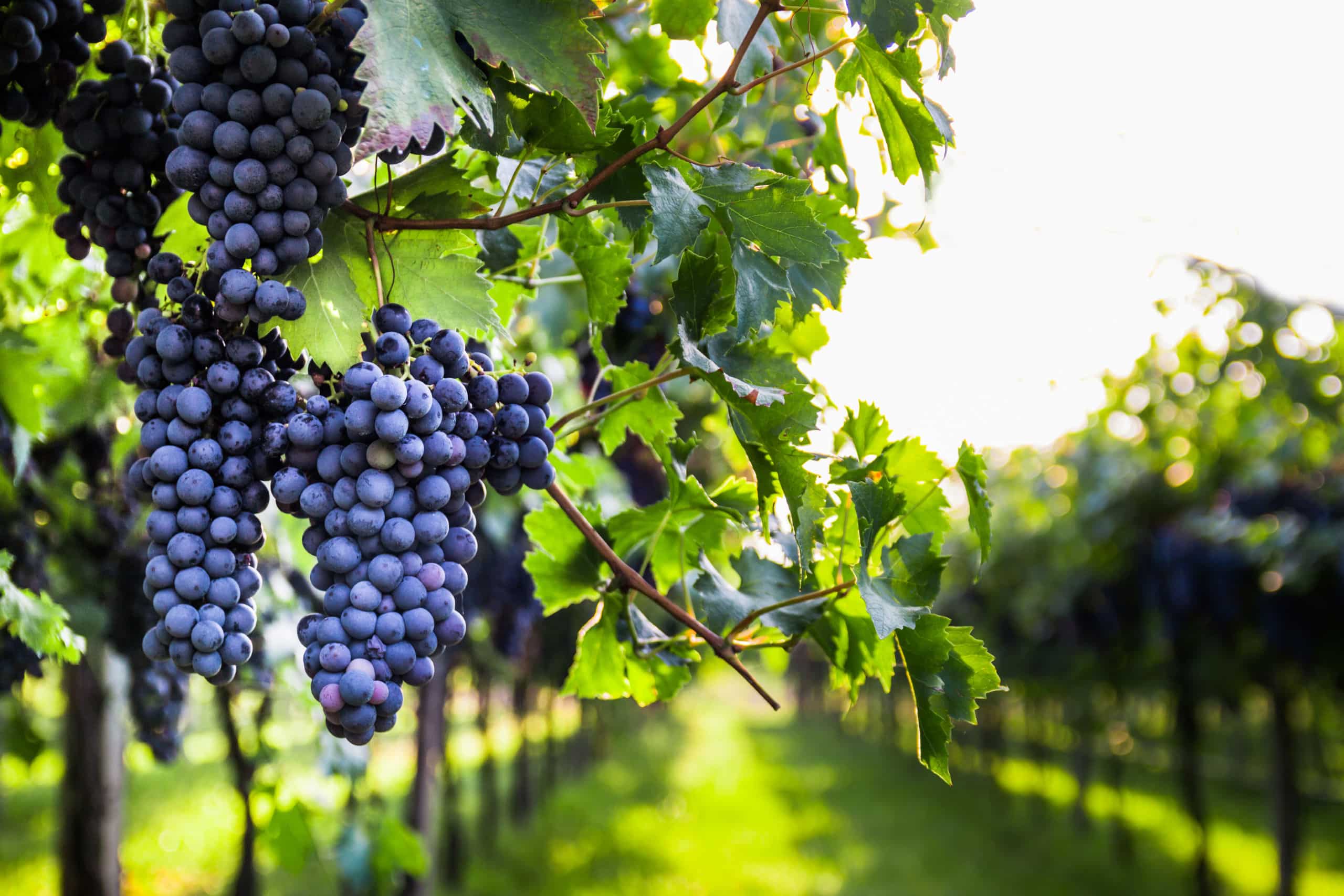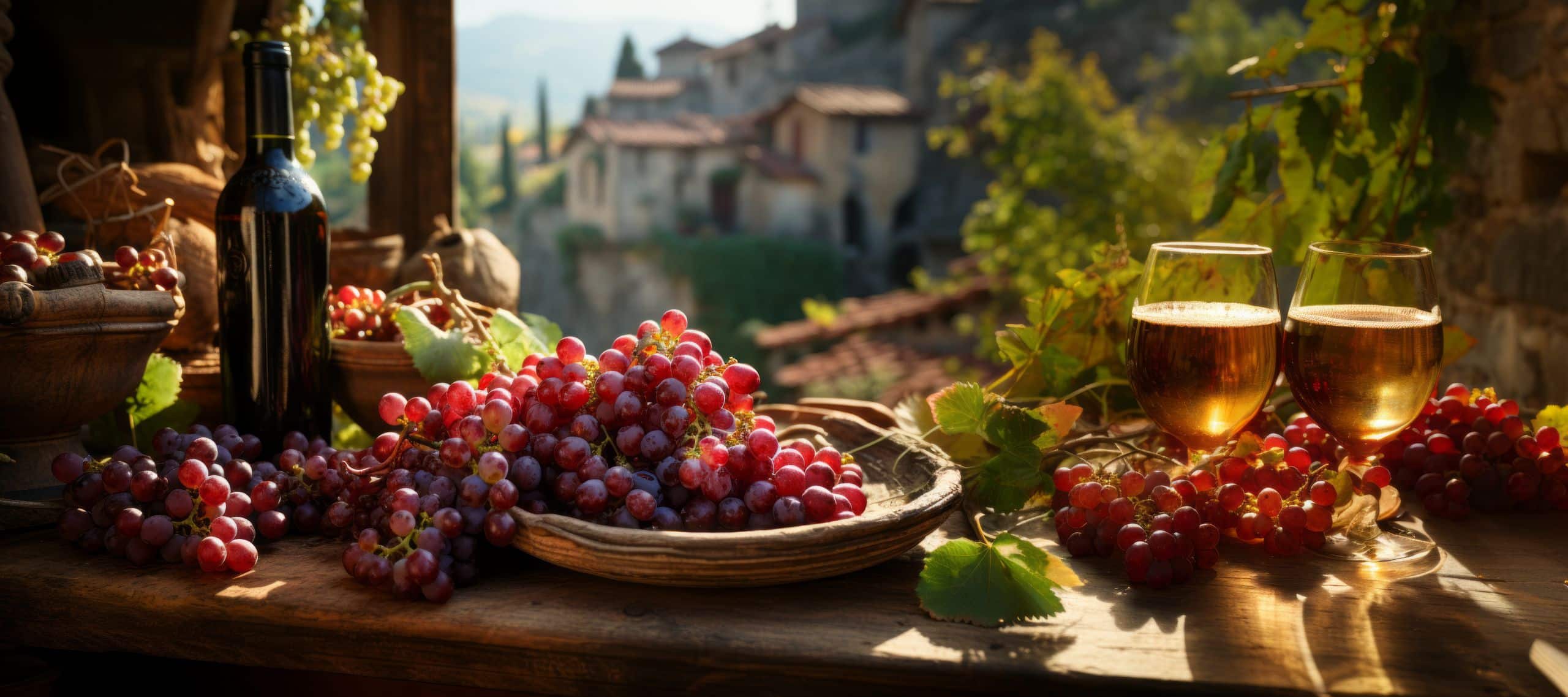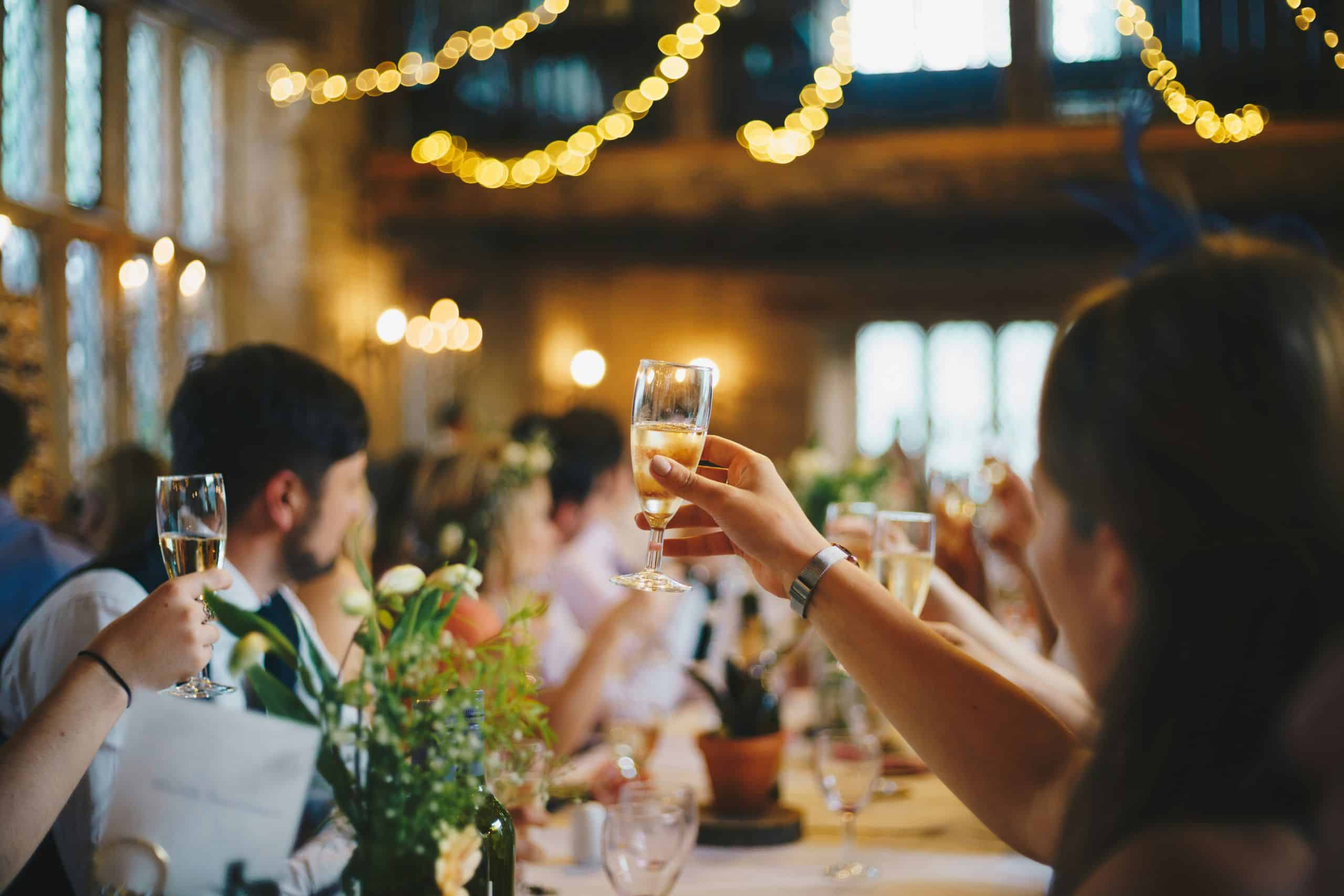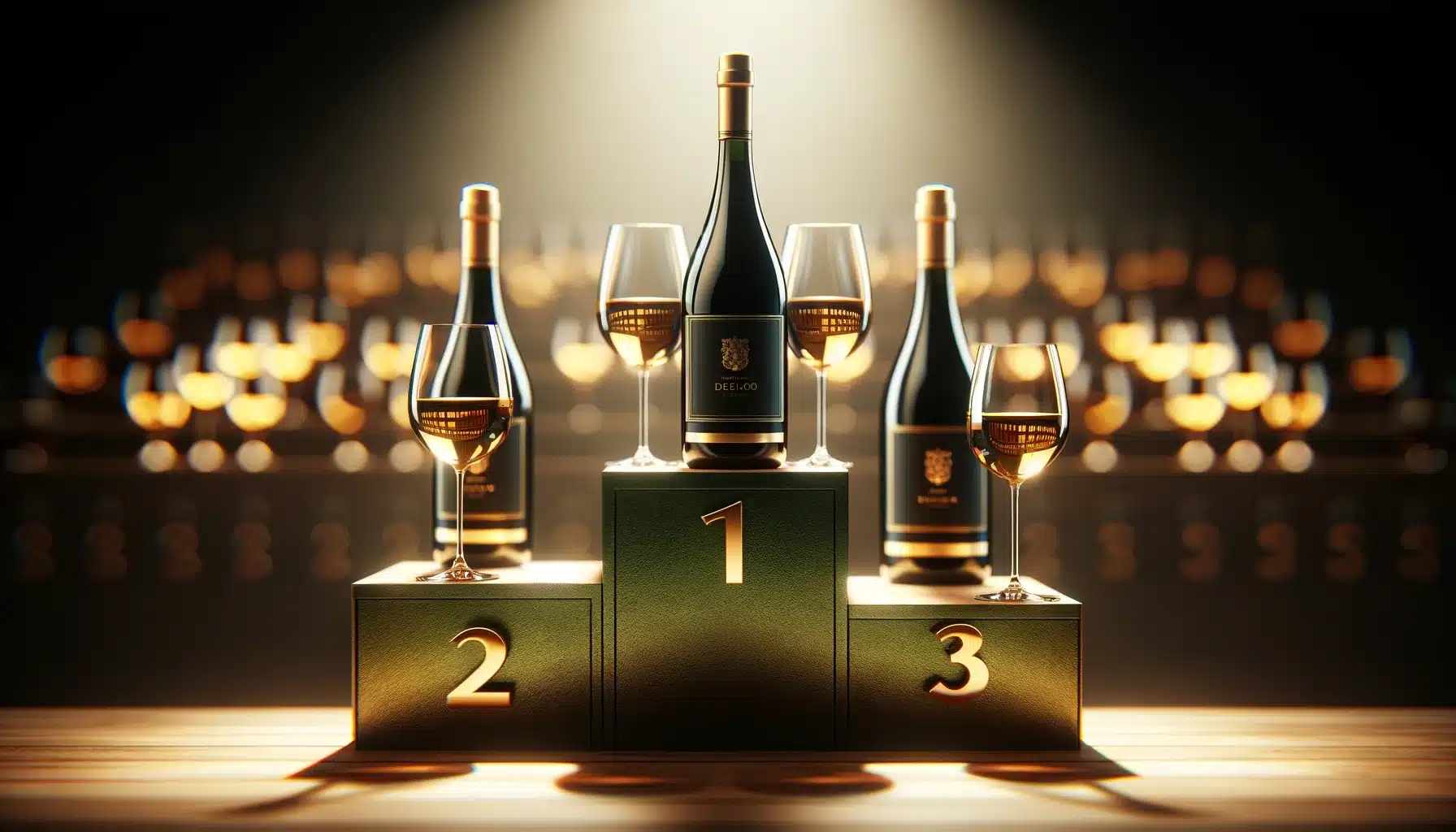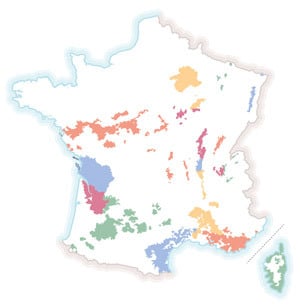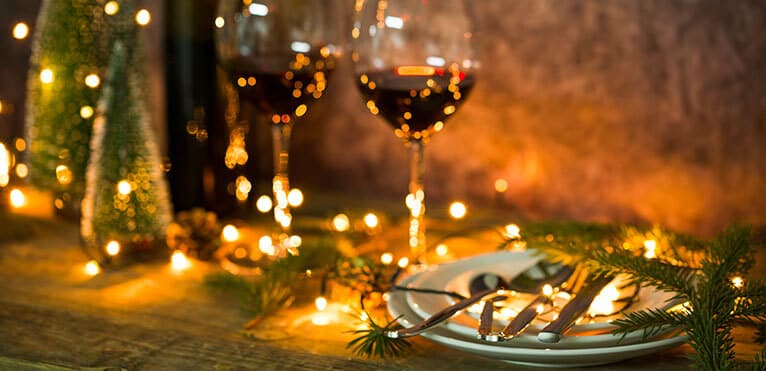
Contents
It’s that time of year again! Let’s face it, we’ve all been counting down the days to the 24th and 31st since the beginning of December. Just like you, we’ve decided to celebrate the end of the year with a fine meal and bowling. And to make the most of this moment, today I’m going to give you a few tips on the mistakes to avoid when it comes to wine for this kind of meal.
Operating temperature!
We can’t stress this enough, but pay close attention to the serving temperature of your wines! A wine served too hot will seem too alcoholic and powerful, and will therefore be unpleasant to drink. Conversely, a wine served too cold will have its aromas masked and won’t be able to reveal its full potential. So be sure to set up your cellar properly, let your wine rest at room temperature or put your bottles in the fridge for a few minutes just before serving!
In addition, each wine has its own serving temperature, depending on its tannins, alcohol content and aromatic intensity. To keep things simple, serve your champagnes at around 10 degrees Celsius. Sweet white wines should be served a little cooler, at around 8 degrees, while dry white wines can be served at 12-13 degrees (rosé a little cooler). For red wines, the temperature varies between 15 and 18 degrees depending on tannins, age, strength and complexity (the younger and lighter the wine, the cooler it’s served).
Food and wine pairing
Certainly the most important point in this article: food and wine pairing. Indeed, if you serve a wine, however excellent, with a dish whose flavors are not compatible with its aromas, the taste experience will be spoiled for both the dish and the wine.
That’s why it’s essential to prepare your dinner in full knowledge of the facts. Either you choose the dishes first and then match them with the wines, or you select a few bottles you’d like to taste and organize the meal around them. I can’t give you an exhaustive list of all the pairings, but let’s talk about those for typical festive dishes.
As an aperitif, open the traditional Champagne, very festive and airy, it will set you up for the rest of the evening. For a foie gras starter, opt for either a sweet white wine (Sauternes) or a dry white wine to break up the fat of the dish (a good Sauvignon). For oysters, I recommend a Muscadet or a Chablis. Stuffed poultry is a perfect accompaniment to a red wine with mature tannins and aromatic complexity (Grand Cru bourguignon) or an advanced white wine from Burgundy or Alsace. For dessert, rosé Champagne, Alsace Riesling or sweet wine, depending on the delicacies you choose!
Serving wines in the right order
This tip completes the previous one! If you drink a tannic wine like a Bordeaux before opening a Morgon, it will seem bland and inconsistent. A certain order must therefore be observed when serving the wines.
First, start with bubbles (Champagne, Crémant…). This light, airy wine seduces with its fine bubbles and intoxicating aromas, perfect for opening the mouth and whetting the appetite.
You can then enjoy a dry white wine, not too mature (Chenin, Sauvignon…) or a light red wine (Beaujolais, Pic Saint Loup…) to ease into the material.
Then move on to more complex, tannic red wines (Burgundy, Bordeaux, Loire…) or long-keeping white wines (Burgundy or Loire).
Finally, to round off the meal and digest properly, you can enjoy a small liqueur before attacking the digestif (of course, you can return to Champagne if the dessert lends itself to it!).
Drink well rather than a lot
A tip that seems basic, but is nonetheless essential. Never go for quantity! It’s better to restrict the number of bottles and opt for better appellations and labels (or better wines), rather than inflate the number of bottles served at the table.
On the other hand, if you open too many bottles, the alcohol will intoxicate you, and with each new glass, you won’t be able to fully enjoy the aromas and complexity of the wines you taste.
Decant your wines
To help your wines release their full potential, don’t forget to decant!
Young wines need this to aerate and develop their aromas (so opt for a wide decanter for optimal aeration).
Older wines need to be decanted in order to deposit their lees (the impurities that have developed over time), but care must be taken to choose a rather narrow decanter and close it tightly, otherwise the wine will be over-oxygenated and lose its aromas.
Adapted glassware
The last adage: beware of glassware! And yes, to allow each wine to unleash its full potential, it’s essential to serve it in the right glasses. Depending on the shape of the glass, aromas will be released more or less quickly, aeration will be more or less intense, and bubbles will evaporate more or less quickly.
Champagnes should be served in the same glasses as white wines (glasses with a moderately rounded, wide base to allow the aromas to develop, but with a narrower top so that the aromas are concentrated on the sides of the glass and don’t evaporate too quickly). It’s best to serve Champagne in a flute (which “strangles” the wine and prevents it from releasing its full potential) or in a coupe (which causes the bubbles to evaporate – in fact, drinking it in these types of bubbles reduces the number of bubbles from 1 million to 300,000!)
Advanced red wines such as the grands crus of Burgundy and Bordeaux require glasses with a very wide, rounded base to allow the aromas to develop and the wines to reach their full potential. Here too, the top of the glass needs to be tightened to prevent the wine from becoming too airy and losing its tannins (the older the wine, the faster it loses its aromas!).
Finally, for young wines (reds as well as whites), you can use universal glasses: aeration is not a problem and aromas are quickly released in glasses with a base that’s not too wide and ends that aren’t necessarily narrow.
Photo : Adobe Stock – ddukang
